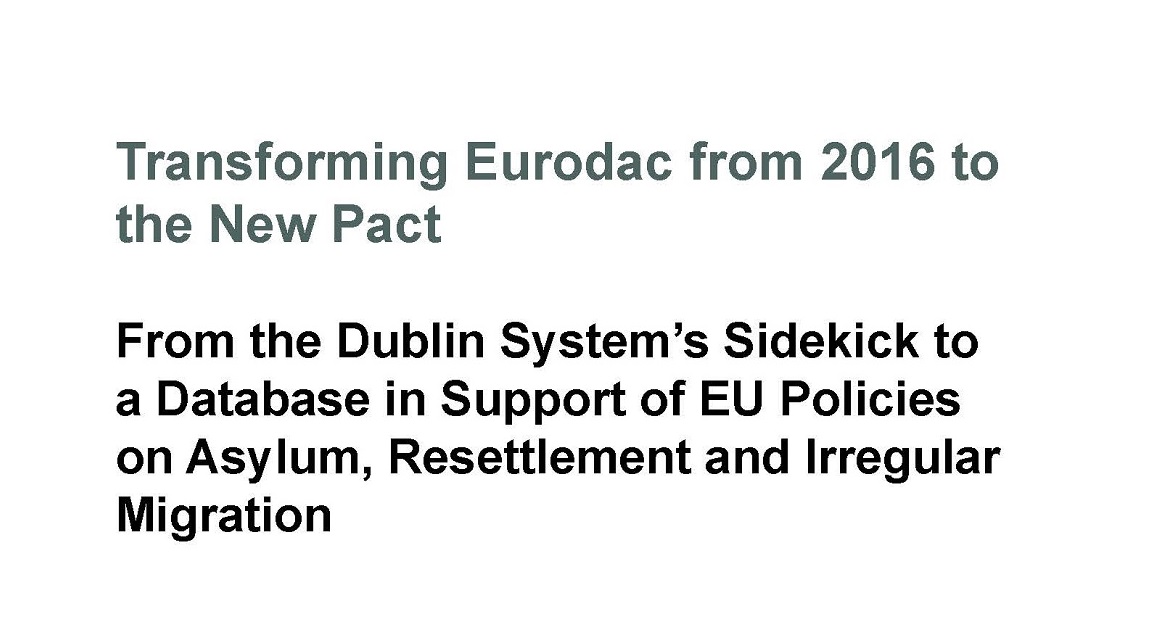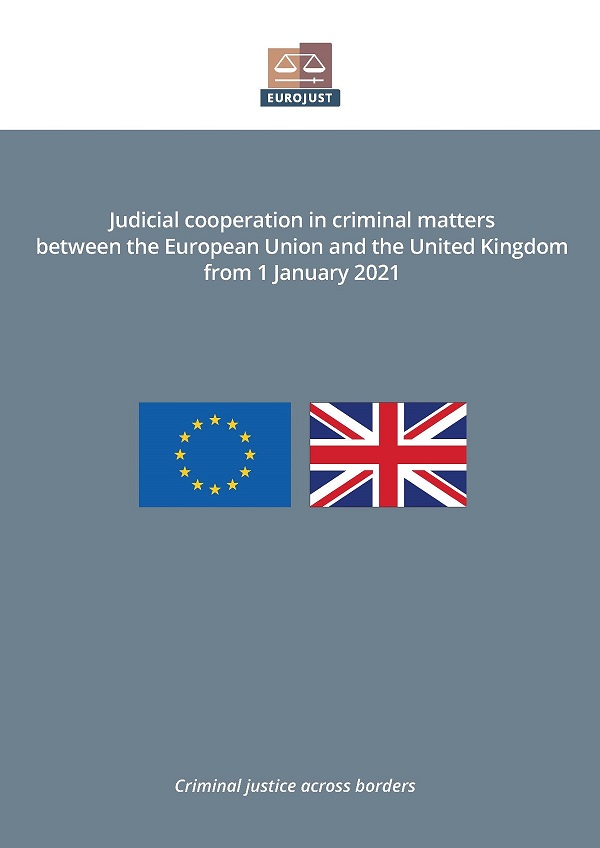EU: Revamping the Eurodac database: from asylum to "wider immigration purposes"
Topic
Country/Region
11 February 2021
A recent briefing published by the European Council on Refugees and Exiles (ECRE) examines in detail the recent proposal to revamp Eurodac, which was originally set up to hold the fingerprints of asylum-seekers and limited categories of 'irregular' migrants. Following changes in 2013 to give police access to the system, more recent proposals will expand its scope even further, with the aim of serving "wider immigration purposes".
Support our work: become a Friend of Statewatch from as little as £1/€1 per month.

The text below is an excerpt from the introduction of the full report, which can be found here: Transforming Eurodac from 2016 to the New Pact: From the Dublin System’s Sidekick to a Database in Support of EU Policies on Asylum, Resettlement and Irregular Migration (link to pdf)
The author, Dr Niovi Vavoula, spoke about this topic at a recent event hosted by Statewatch and the Transnational Institute: Deportation Union: databases for expulsions, which can be viewed online here.
Eurodac, which stands for European Dactyloscopy, is an EU-wide information system that primarily processes the fingerprints of asylum seekers and certain categories of irregular migrants. Operational since 2003, Eurodac constitutes the EU’s first experiment with biometric identifiers and was designed to assist in the implementation of the Dublin system for the determination of the Member State responsible for examining an application for international protection. Eurodac is thus an important – yet relatively underexplored – tool of the Common European Asylum System (CEAS). The current legal basis of Eurodac is Regulation 603/2013 (recast Eurodac Regulation), which entered into force in July 2015. The recast Eurodac Regulation replaced Regulation 2725/20003 to enable law enforcement authorities and Europol to access under specific conditions Eurodac fingerprints for the purpose of preventing, detecting and investigating terrorist offences and other serious crimes.
On 4 May 2016, the Commission adopted a recast Eurodac proposal4 in the framework of revising the CEAS-related legal instruments.5 The proposal essentially detached Eurodac from its asylum framework and re-packaged it as a system pursuing “wider immigration purposes”. On 23 September 2020, the Commission proposed further amendments to the Eurodac regime within the framework of the New Pact on Migration and Asylum. The amended proposal prescribes several amendments to the functionalities of Eurodac both in the framework of CEAS and migration control and in an interoperable environment, whilst taking into account the 2018 interinstitutional agreement between the Council and the Parliament.
Against this background, the aim of this paper is to take stock of the forthcoming changes in the Eurodac legal framework, both those arising from the 2016 Proposal as well as those that emerged during the interinstitutional negotiations on that proposal, and then to analyse the fundamental rights implications of the amended Eurodac proposal of September 2020. The analysis is focused on the impact of the proposal on the rights to respect for private life (Article 7 of the EU Charter of Fundamental Rights), protection of personal data (Article 8 of the Charter), the rights of the child (Article 24 of the Charter), and the right to asylum (Article 18 of the Charter). The paper is aims to provide a framework to inform policy-making.
To that end, this paper first provides a concise overview of the current Eurodac rules, as envisaged in the recast Eurodac Regulation (Section 2). Then, Eurodac is situated within the broader legal framework of EU-wide information systems in the AFSJ (Section 3), so as to provide the necessary contextual framework within which the Eurodac reforms are placed. Section 4 analyses the 2016 proposal, including the changes flowing from the negotiating process. Section 5 examines the proposed reforms to Eurodac as laid down in the 2020 proposal, in the light of the protection of fundamental rights. A conclusion summarises the findings of the research and provides for a series of policy recommendations"
Full report: Transforming Eurodac from 2016 to the New Pact: From the Dublin System’s Sidekick to a Database in Support of EU Policies on Asylum, Resettlement and Irregular Migration (link to pdf)
Our work is only possible with your support.
Become a Friend of Statewatch from as little as £1/€1 per month.
Spotted an error? If you've spotted a problem with this page, just click once to let us know.

